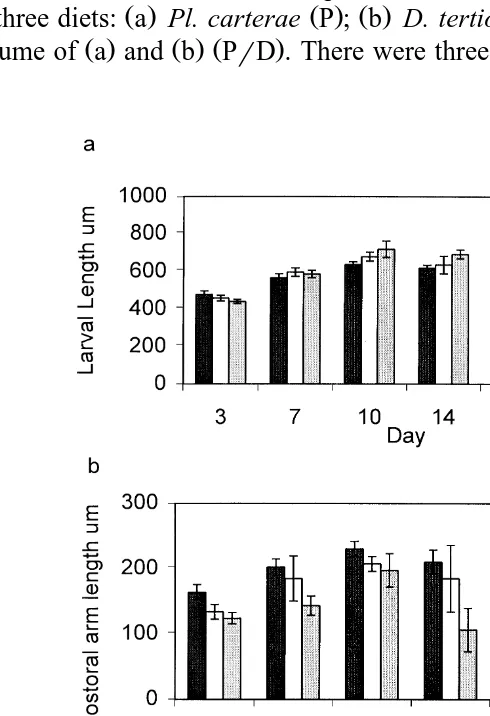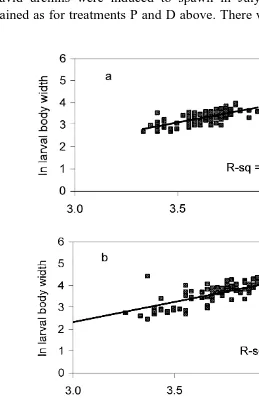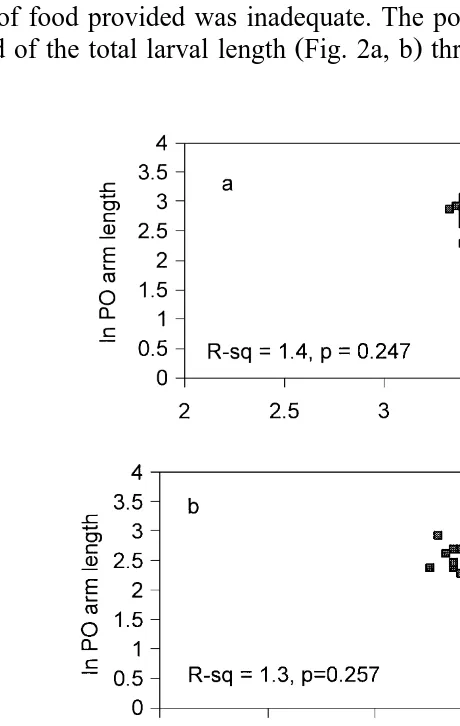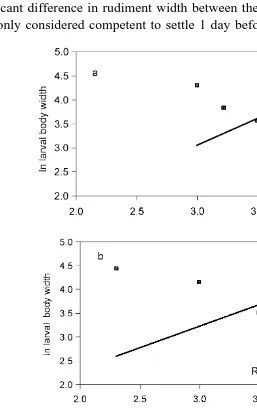Directory UMM :Data Elmu:jurnal:A:Aquaculture:Vol183.Issue3-4.Mar2000:
Teks penuh
Gambar




Dokumen terkait
species such as Atlantic halibut that has a long yolk-sac period 280–320 degree days, dd. In order to help determine at what age Atlantic halibut larvae are able to digest food,
The Chilean oyster, Ostrea chilensis, is one of the most prized eating oysters and, conse- quently, it has been transferred to many locations around the world for
Rainbow trout were used as stock animals in duplicate recirculation systems. OA was detectable within the systems throughout the period of study, with bulk water OA
Partial or total replacement of fish meal by soybean protein on growth, protein utilization, potential estrogenic or antigenic effects, cholesterolemia and flesh quality in
conditions exceeded that of daily-fed controls. The present study sought to determine whether similar growth improvement would result when hybrid sunfish were held in groups and fed
Freundlich and Langmuir parameters fitted to experimental isotherm data for single components of aquaculture effluents adsorbed onto carbon 207EA.. Isotherms were fitted to
monodon. idella, respectively, by oral route. This virus caused 100% mortality in M. monodon when the animals were injected WSSV intramuscularly. Moribund animals were screened for
Connecticut shoreline was surveyed during a period of 2 years from 1996 to 1997. The survey was conducted in shallow and deep waters. Fifty-four samples involving 1430 oysters





